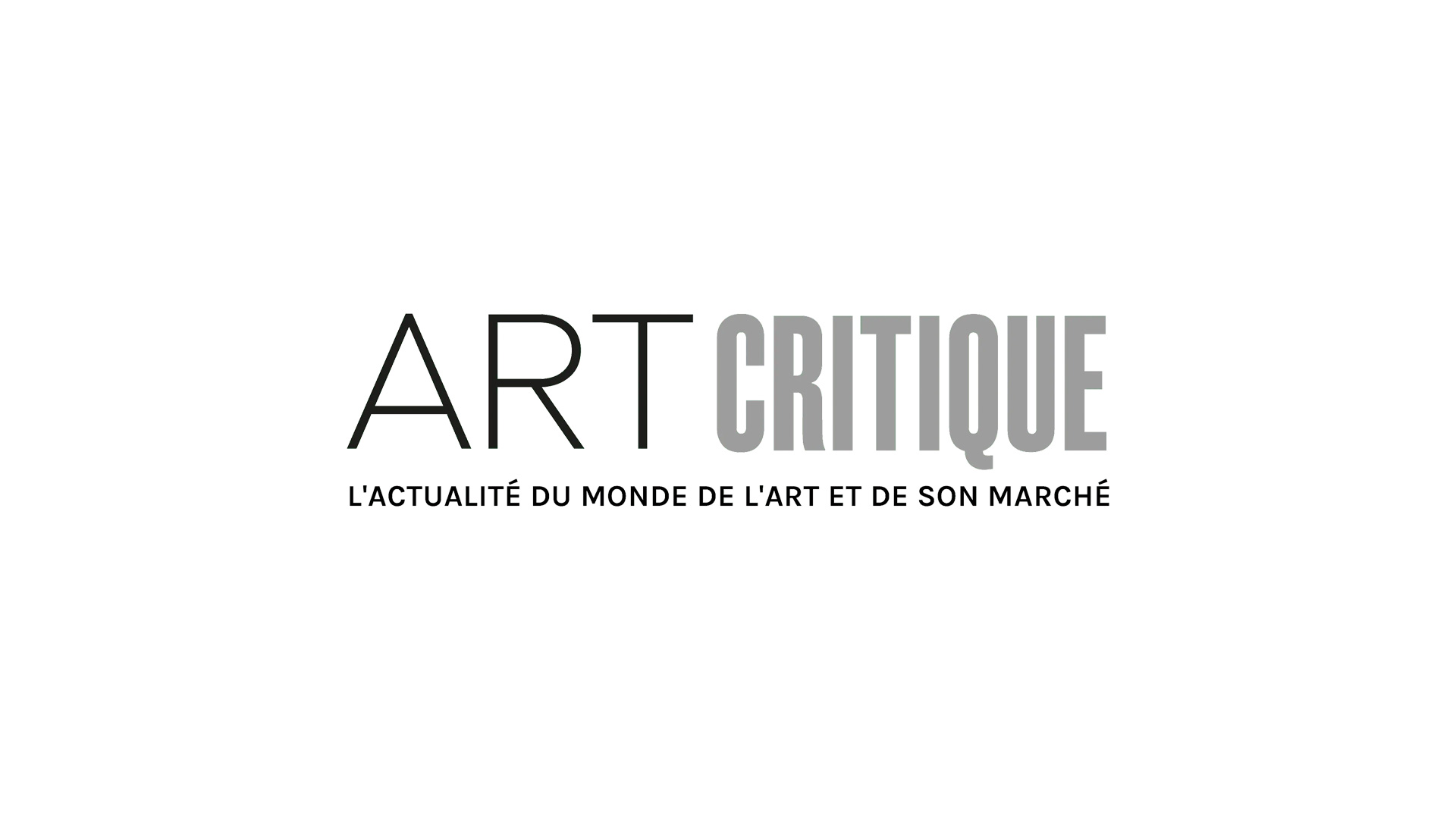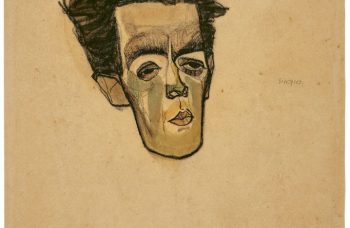Over the last few months, there has been a lot of tension between Italy and France concerning the loan of major works by Leonardo da Vinci to the Louvre for what will most likely be a blockbuster exhibition commemorating the 500th anniversary of da Vinci’s death (May 2, 1519). While all of that, which was eventually smoothed out, was going on, though, three smaller museums in Italy secured the loan of two major works by da Vinci from the State Hermitage Museum in St. Petersburg, Russia. The Hermitage is set to loan Madonna and Child (The Benois Madonna) (1478-1480) and the Madonna and Child (The Litta Madonna) (c. 1495) to the Italian museums starting as early as June.

The Benois Madonna will first head to the Pinacoteca Civica ‘Bruno Molajoli’, a municipal museum in Fabriano to run alongside the UNESCO Creative Cities Conference that will be held in June. After showing there, it will head to the Galleria Nozionale dell’Umbria in Perguia, where it will be displayed throughout July. The second showing of The Benois Madonna was secured more or less because earlier this year, the Galleria Nozionale dell’Umbria lent a work by Piero della Francesca to the Hermitage.
Later this year, The Litta Madonna will head to Milan’s Poldi Pezzoli Museum, where it will be the centrepiece of the museum’s exhibition focusing on Leonardo’s Milanese circle that opens in November. Having this particular painting come to Italy is extra exciting as the Hermitage acquired it from Count Antonio Litta’s collection in 1865. It will hang alongside Giovanni Antonio Boltraffio’s The Virgin and Child (c. 1495), which was also a part of the Litta collection. Bringing the paintings together again is two-fold. It is exciting because it both reunites the paintings but also because some experts believe Boltraffio to

be the true painter of The Litta Madonna as it has never unanimously been attributed to da Vinci. ‘We have a nucleus of works by Leonardo’s followers, and we wanted to investigate this group of artists who worked closely with him during his Milanese period, carrying out his ideas, using his techniques,’ said Andrea di Lorenzo, conservator of the Poldi Pezzoli Museum, in an interview with the New York Times. ‘It was a time of great experimentation.’
At the time of his death, da Vinci was living in France while working for King François I after living in Italy for most of his life and career. Despite a ubiquitous amount of writings, da Vinci did not complete a large number of paintings and today, only about a dozen have been unanimously accepted as authentic. This has created a lot of pressure to secure loans from museums around the world for upcoming shows celebrating the Old Master this year. These exhibitions are only a few of ones in cities around the world that will mark the artist’s passing through collections of art, conferences, and various other events.





